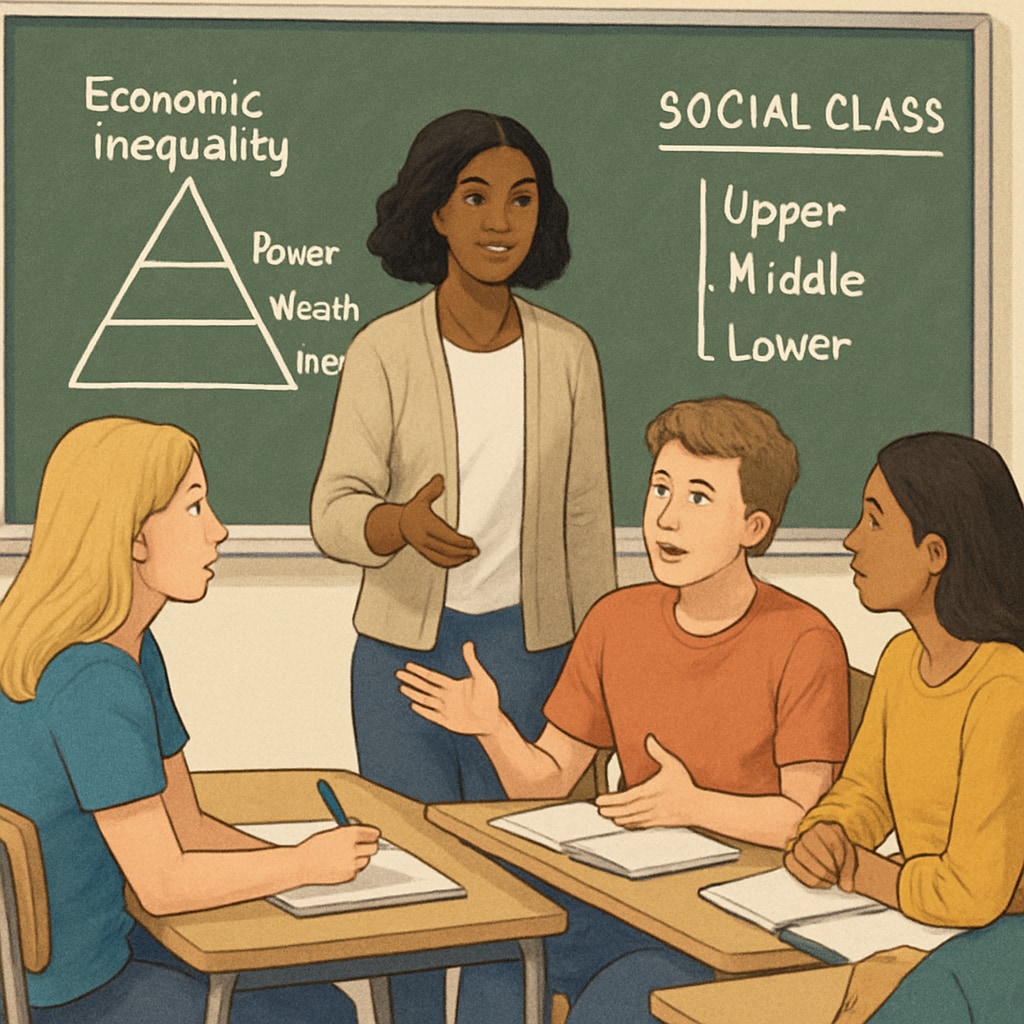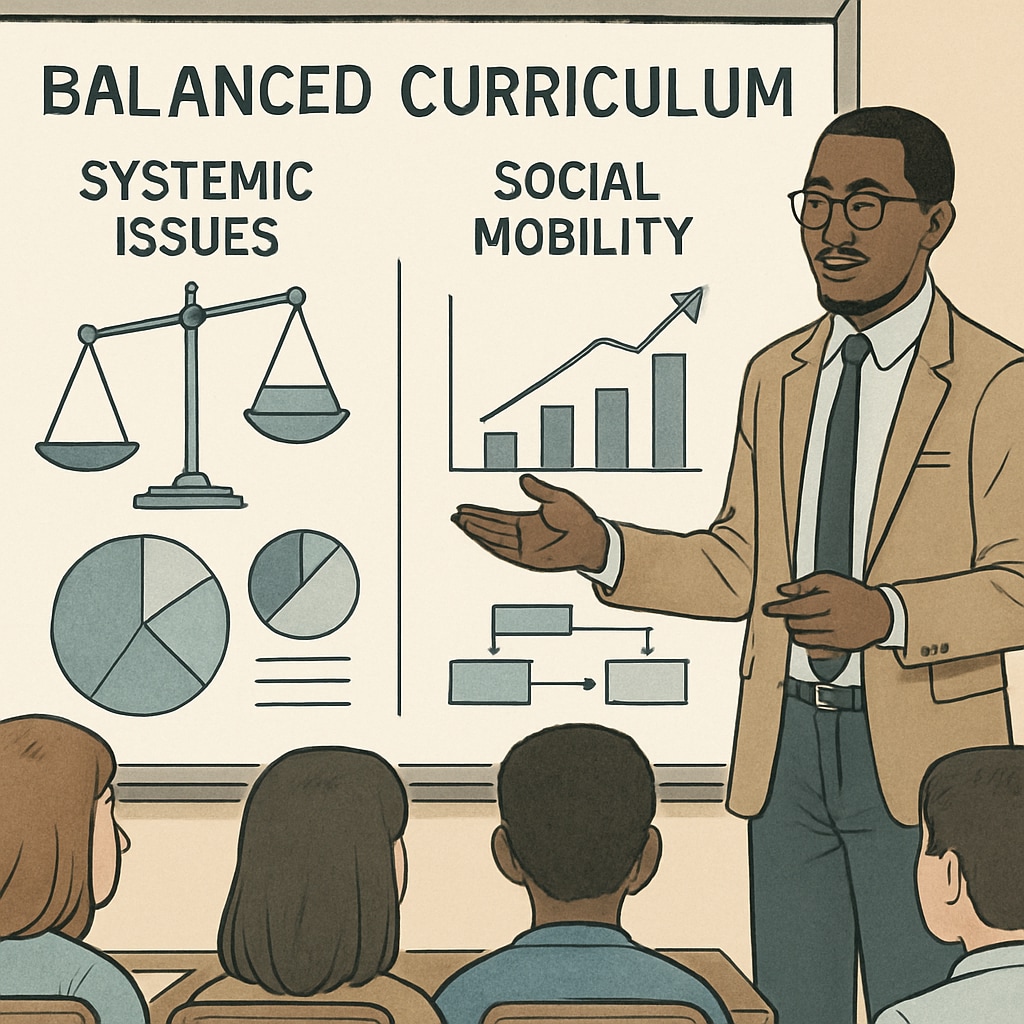In recent years, the portrayal of the class system, social studies education, and social mobility in K12 classrooms has sparked heated debates. Some educators argue that schools inadvertently teach “class determinism,” a notion that one’s social and economic status is predetermined and immutable. This perspective raises significant questions about its impact on students’ understanding of societal structures and their potential for upward mobility.

Understanding Class Determinism in Education
Class determinism refers to the belief that individuals are bound by their socioeconomic class, with limited opportunities for change. Critics suggest that certain educational materials, particularly those in social studies, may oversimplify or exaggerate barriers to social mobility. For example, textbooks discussing historical inequalities or systemic oppression might inadvertently reinforce the idea that upward mobility is nearly impossible.
While these lessons aim to highlight real societal challenges, their framing can shape students’ perceptions negatively. Instead of fostering hope and resilience, they risk instilling a sense of helplessness or resignation.
The Role of Balanced Social Studies Education
To address these concerns, social studies education must strike a balance between acknowledging systemic issues and inspiring solutions. A curriculum that emphasizes both the realities of socioeconomic disparities and examples of successful social mobility can empower students to think critically and envision change.
For example, case studies of individuals or communities overcoming class-related challenges provide valuable lessons. By showing paths to progress despite structural obstacles, educators can encourage students to question deterministic narratives and explore ways to enact positive change.
Moreover, schools should integrate discussions about policy reforms, community initiatives, and personal agency. These topics help students understand how collective and individual efforts contribute to breaking class barriers.

Fostering Critical Thinking in Students
Critical thinking should be a cornerstone of social studies education. Encouraging students to analyze societal issues from multiple perspectives helps them form nuanced views rather than accepting a single narrative. For instance, instead of merely presenting statistics about wealth inequality, educators could prompt students to debate its causes, consequences, and possible solutions.
Interactive methods like group discussions, role-playing scenarios, or research projects deepen students’ understanding of complex topics. Such approaches also prepare them to navigate real-world challenges with an informed and proactive mindset.
The Broader Implications for Society
When schools unintentionally promote class determinism, they risk perpetuating societal divisions. Students who internalize these ideas may develop a fatalistic attitude toward their future, limiting their ambitions. On the other hand, a well-rounded education can empower young minds to challenge systemic inequities and strive for progress.
By fostering critical thinking and presenting balanced perspectives, schools play a pivotal role in shaping a generation capable of addressing class-related challenges. Education should not only inform but also inspire, equipping students with the tools to envision and create a more equitable society.
Conclusion: Schools must carefully evaluate their approach to teaching about class systems, social mobility, and societal inequalities. By offering balanced perspectives and encouraging critical thinking, educators can prevent the unintended promotion of “class determinism” and help students recognize their potential to contribute to meaningful change.
Learn more about class systems on Wikipedia
Explore social mobility on Britannica


